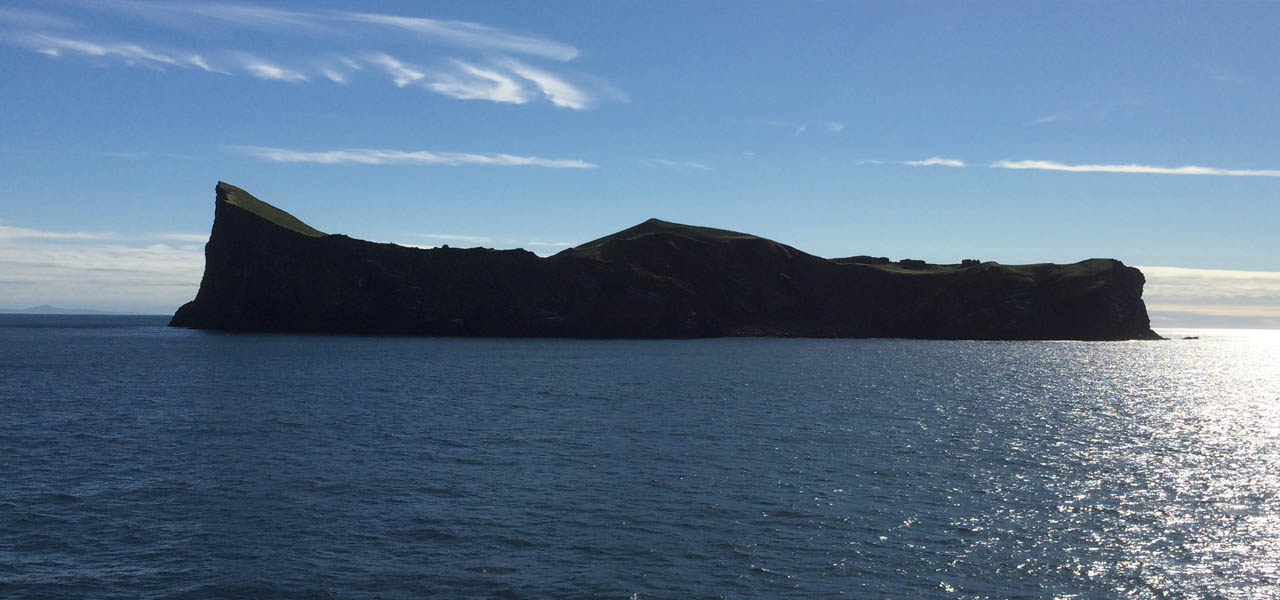
A guide to European sustainable fish stocks – ICES status and ecosystem overviews
2021.5.12
EFFOP members source from various fish stocks in the Northeast Atlantic and Baltic Sea. The International Council for the Exploration of the Sea (ICES) provides an annual overview of the status of the fish stocks in the Northeast Atlantic and Baltic Sea. ICES provides scientific advice to clients on fisheries and marine ecosystem issues. The clients are the EU, governments and international regulatory bodies that manage the North Atlantic Ocean and adjacent seas.
An overview of the latest status of important pelagic fish stocks for fishmeal and fish oil production is shown in the Table below. More detailed information about the fish stocks are available from the Excel sheet click here.
The fish stock status in the Table is indicated by the colors – green, yellow and red:
Green = spawning stock biomass above the precautionary reference point, Bpa.
Yellow = spawning stock biomass unknown or in transition.
Red = spawning stock biomass below the precautionary reference point, Bpa.

ICES latest advice click here
ICES fisheries overviews click here
ICES ecosystem overviews click here
ICES ecoregions and advisory areas click here
From Fisheries Overviews – Greater North Sea Ecoregion (click here):
Around 6600 fishing vessels are active in the Greater North Sea. Total landings peaked in the 1970s at 4 million tonnes and have since declined to about 2 million tonnes.
Fisheries in the Greater North Sea catch a large diversity of species. These have been categorized into species that are pelagic, demersal, benthic (e.g. flatfish), crustaceans, and elasmobranchs.Total landings from the Greater North Sea varied between 2 and 3 million tonnes during the 1950s, then rose to between 3 and 4 million tonnes from the late 1960s to the mid-1990s (Figure). High catches of both pelagic species (mackerel and herring) and demersal species (cod and haddock) accounted for the increase in total landings in the late 1960s. Total landings declined after 1995 to a low of 1.4 million tonnes in 2012. This decline is attributed to overfishing and decreased productivity of important stocks such as cod and herring, but also to the successful reduction of fishing mortality to more sustainable levels after 2000.

Figure: Landings (thousand tonnes) from the Greater North Sea in 1950–2018, by country. The nine countries having the highest landings are displayed separately and the remaining countries are aggregated and displayed as “other”.



